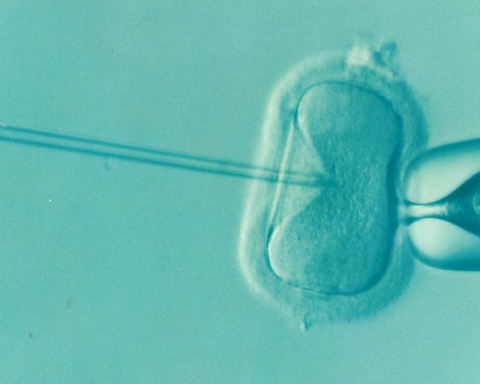Androgenetic alopecia, also known as male pattern baldness, is the most common cause of hair loss. According to research, around 80% of males and 50% of females suffer from it. Two thousand years ago, Hippocrates observed that eunuchs did not develop male pattern baldness. In 1942, Hamilton’s study evidenced the role of male hormones in the development of androgenetic alopecia. The name signifies the impact of androgens and genetics for hair loss to develop. FUE hair transplant is one of the best and permanent solutions for hair fall.
However, the history of hair transplant surgery goes back to mid-1900s. New technologies have been emerging since that time to offer better results.
What Causes Androgenetic Alopecia?
In this condition, the hair follicles go through miniaturization. This means a reduction in diameter and length. The overall hair density also decreases over time. In addition, it occurs in an unpredictable pattern in females in contrast to males.
Research shows that an increase in the 5-alpha reductase enzyme activity is behind pattern baldness. It is responsible for converting the hormone testosterone into dihydrotestosterone (DHT). Enigmatically, although DHT is stronger than testosterone and androgens usually convert vellus hair (thin, short hair) to terminal hair (thick, strong hair), this isn’t the case in pattern baldness. Here, more DHT means a greater loss of hair. The anagen phase of hair growth is markedly decreased in time (normally it lasts from 2 to 8 years). Usually, at one time, almost 90% of our hair is in the growth phase. However, this changes as pattern baldness proceeds.
Evolution of Hair Transplantation Techniques
Dr Orentreich’s hair transplantation surgery in 1952 involved making of 4mm sized punches. Here, intense scarring was inevitable. Then came Follicular Unit Transplantation (FUT) in the 1990s. Although scarring got less, it was still quite significant. FUE (Follicular Unit Extraction) revolutionized the world of hair transplantation in the 2000s. For the first time, scarring was not a problem anymore. Let’s take a detailed look at the different methods.
oblem anymore. Let’s take a detailed look at the different methods.
1.Follicular Unit Transplantation (FUT)
In this method, strips of tissues are taken from the scalp. Usually, this involves the back or sides of the head. Follicular units are harvested from the scalp tissue, and small incisions in the balding areas allow for their insertion. This “strip method” is notorious for causing scars because of the technique employed for taking hair from the donor area.
2.Follicular Unit Extraction (FUE)
Today, one of the most popular procedures for hair restoration is FUE. After the extraction of individual follicles using micro motors, their implantation in the recipient area takes place. Formerly, the last step involved the use of steel blades to open the channels, but now sapphire blades have been introduced.
Their use has made faster recovery possible along with far less bruising. They can open microchannels of the diameter of hair follicles. Moreover, their smoothness, sharpness, precision and smaller size mean you can achieve a denser hair look. FUE promises provision of natural-looking results
3.Direct Hair Implantation (DHI)
Although this method has been around for quite some time, only recently has it gained any traction. The use of a Choi Implanter Pen is what makes DHI an effective technique of hair transplantation. Thus, through accurate incisions, follicles from the donor are taken out and then inserted immediately, within a matter of minutes, in the balding areas. By spending less time outside of the body, the survival rate of hair follicles increases.
The Takeaway
In conclusion, hair loss can have many reasons. From stress, nutritional deficiencies, hormonal imbalance, environmental factors, to alopecia areata, and trichotillomania, it can be anything. Therefore, to get the most appropriate treatment, you should consult a doctor. Even when it comes to different hair transplantation techniques such as FUE, or DHI, a professional will be better able to tell you what’ll suit you best.





